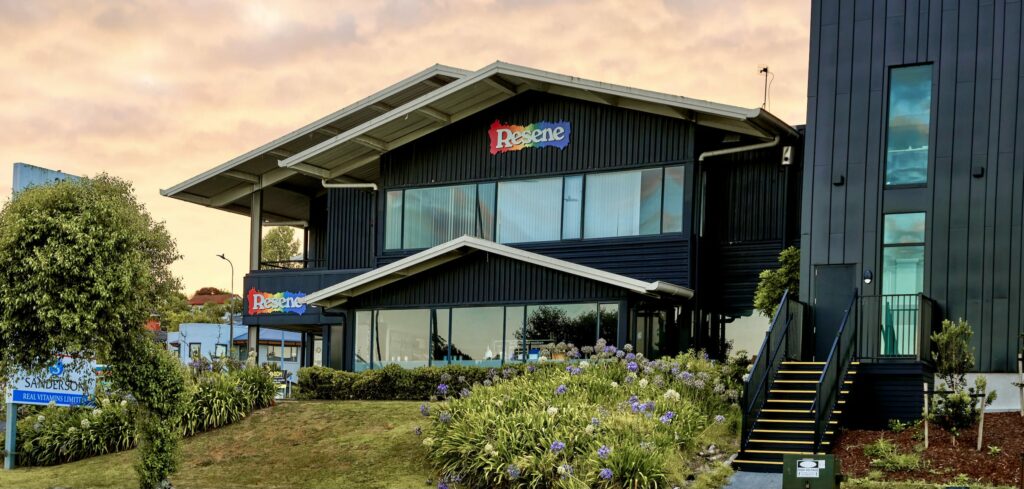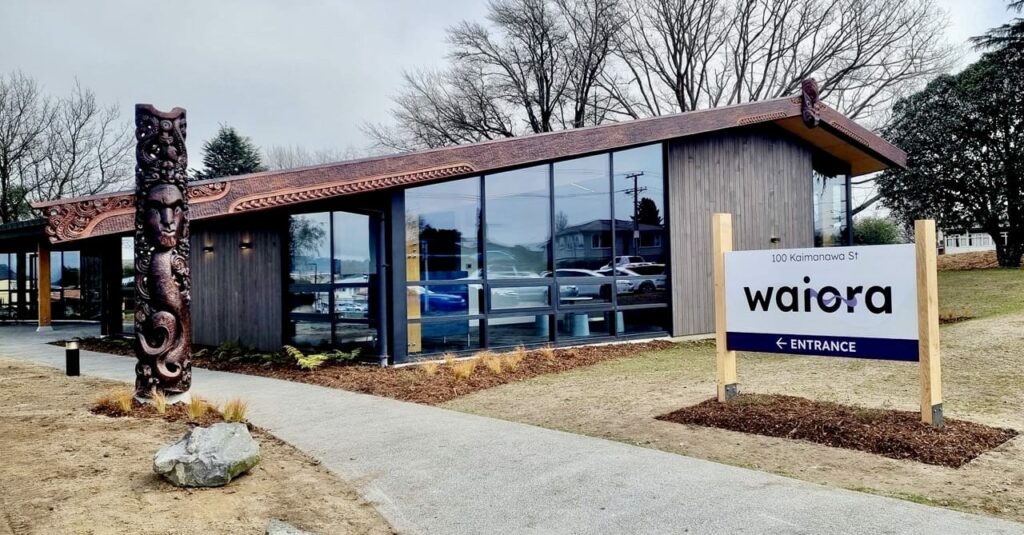Our June/July 2016 Wellington Commercial Property Market Report highlighted the changing dynamics in the Capital’s property sector. Simply put, the shift of tenants to higher quality workspaces to the North and East of the CBD will create a high number of vacancies in older buildings. We asked “Where are all the tenants going to come from [to fill those vacancies]?”.
It’s hard to see those vacancies being taken by larger organisations. Given that 90% of all businesses across the region have fewer than 10 employees, we suggested that landlords of older buildings will have to redevelop their properties to accommodate smaller businesses and/or create shared workspaces on more flexible leases.
But there’s another possibility that we think looks quite compelling – converting old stock into hotels to meet the booming tourist market. NZTE’s Regional Hotel Market Analysis (May 2016) paints a positive picture for hotel development in five major ‘focus’ regions, including Wellington. The highlights:
- Wellington’s occupancy rate is 78% and forecasted to grow to 87% by 2025
- The current shortfall in rooms in Wellington is 400-500
- Average Daily Room (ADR) rate is $152 in 2015 growing to $183 in 2025
We think that the Wellington room shortfall and the growth in ADR is likely to increase further if Wellington can improve its share of international (inbound) tourists. That number is growing nationally at 5.4% pa, with 4.5m expected in 2022 according to MBIE. Wellington is well-positioned to capitalise on that growth. The ‘cool little capital’ proposition has momentum and the development of Wellington International Airport, the new Movie Museum and the international Convention Centre will all appeal to inbound visitors.
It’s not to say there has been no activity regenerating hotel stock to date – far from it. The new Sofitel development on Bolton Street is a prime example of the opportunity. Other activity includes the new Boulcott Suites and upgrade of the Bolton Hotel and Copthorne, while a new Rydges hotel is proposed at the airport. This is all good news for enhancing Wellington’s accommodation stock – but is it enough?
So, we wonder if Wellington building owners with character buildings should see this as a massive opportunity to redevelop and covert into either mainstream or boutique hotel accommodation. Here are three more compelling factors why:
- Buildings that are aged and/or seismically vulnerable will require substantial works to remain attractive. This presents an opportunity to repurpose those buildings into hotel accommodation
- Bank lending rates remain low. Now would seem an obvious time to take advantage and invest in redevelopment
- It’s time Wellington had more premium (and authentic) ‘boutique hotels’. Older buildings fit better with the boutique proposition (and the ‘Coolest Little Capital’ idea too) than new builds. Auckland’s De Bretts Hotel on Shortland Street and, of course, Wellington’s iconic Museum Hotel are prime examples. In London, just take a tour round the Firmdale properties.
The elephant in the room is obviously the conversion cost from commercial building to hotel. While we are not experts in the field, it’s hard to imagine a fitout conversion cost of less than $3,000m2 (assuming the building is owned). While converting to student accommodation might cost half this amount and represents an excellent utilisation of our older CBD building stock as well, that horse has probably bolted – for now.
It would be a bold call to make, but if ever there was a time to think differently about Wellington’s ageing building stock, it would appear to be now.



